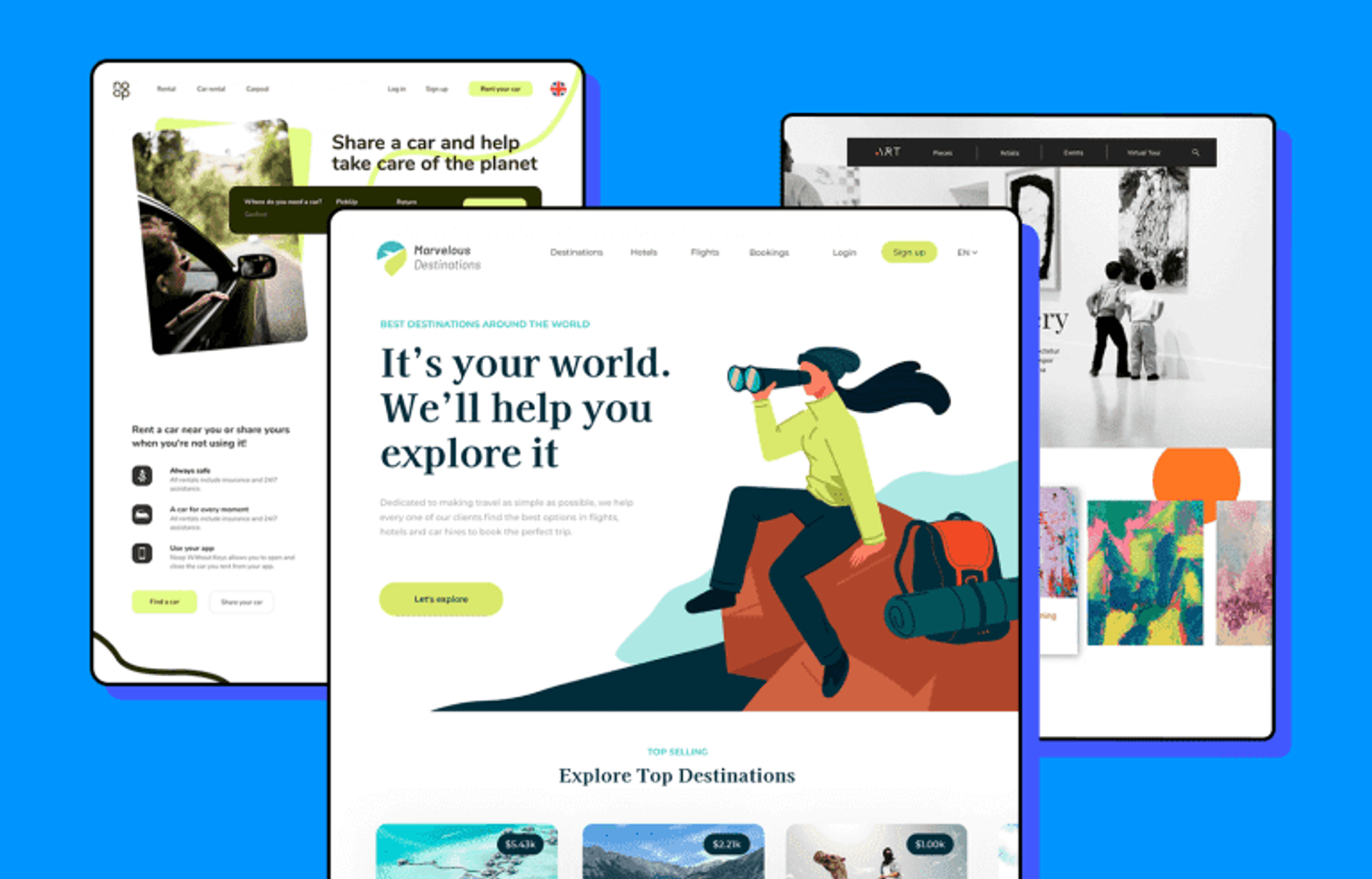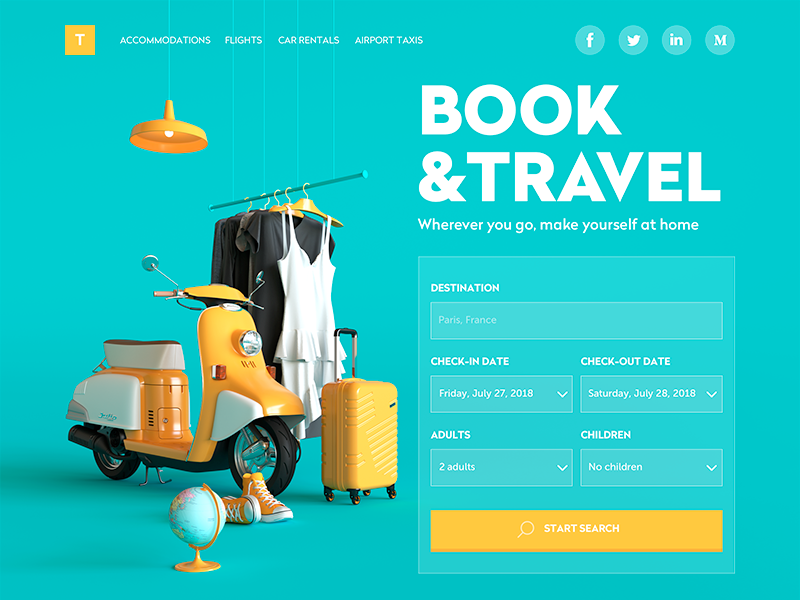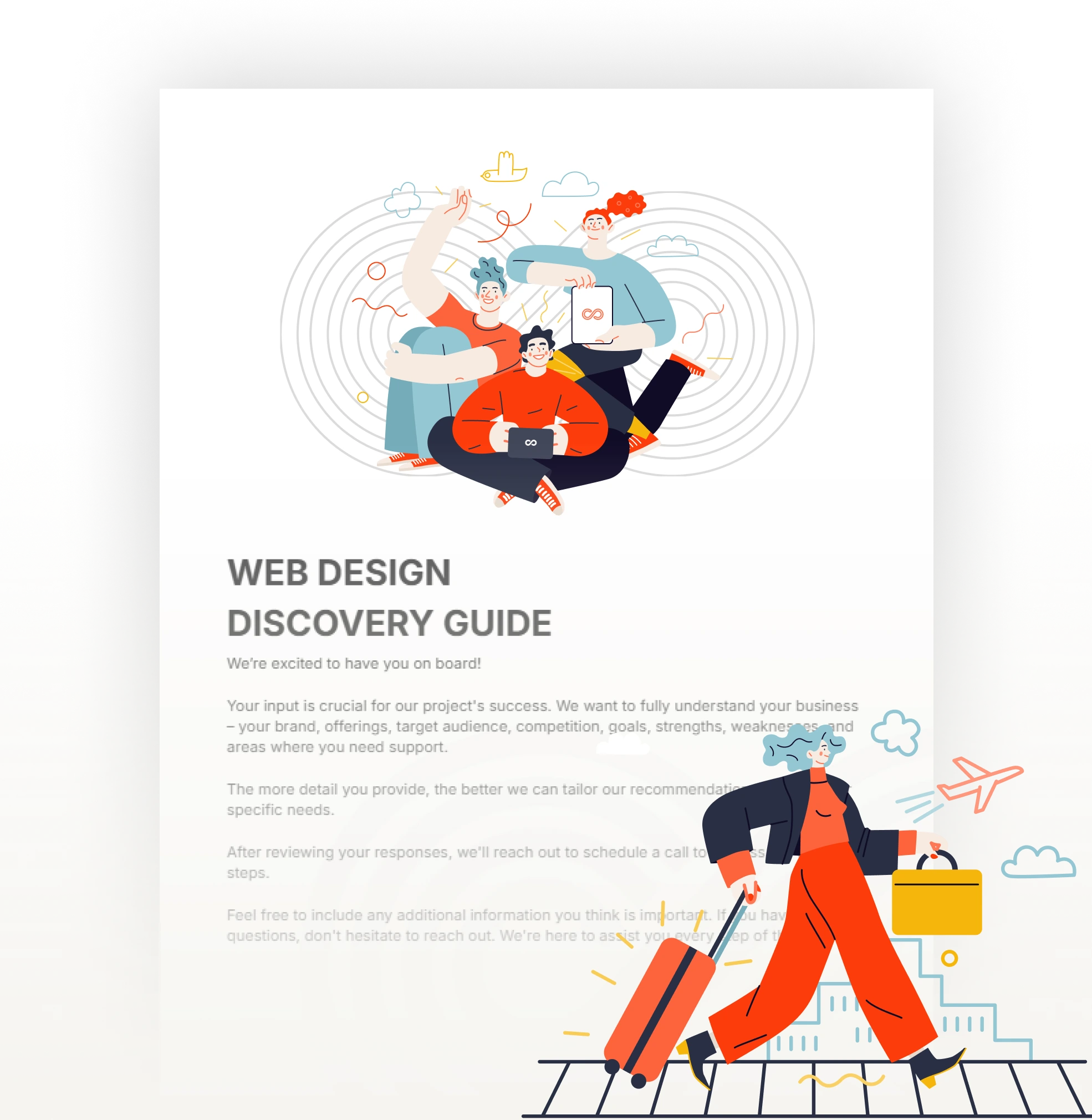Aligned Position Web Design: Building Responsive, Mobile-Friendly Websites for Modern Users
Aligned Position Web Design: Building Responsive, Mobile-Friendly Websites for Modern Users
Blog Article
The Most Effective Kinds Of Website Design to Boost Customer Experience and Engagement
In the ever-evolving landscape of electronic interaction, the efficiency of Web style dramatically influences user experience and engagement. Numerous layout methods, such as minimalist, receptive, and interactive designs, each deal special benefits that can accommodate varied individual needs. Understanding which sorts of website design finest serve these objectives can be essential for services aiming to enhance client satisfaction and retention. Nevertheless, the question continues to be: which layout components genuinely resonate with individuals and foster meaningful involvement? The exploration of these concepts exposes essential understandings that may redefine your method to Web layout.
Minimal Web Style
As electronic landscapes end up being significantly cluttered, minimalist website design has become a powerful approach to enhancing customer experience. This style philosophy focuses on simpleness, concentrating on vital components while getting rid of unnecessary disturbances. By making use of sufficient white space, straightforward navigation, and a restricted shade palette, minimal design promotes quality and guides customer interest to key content.
The core principle of minimalist website design is to create a smooth communication for customers. By minimizing cognitive lots, users can promptly realize information without really feeling overwhelmed. This straight strategy not just improves use yet likewise urges engagement, as site visitors are more most likely to discover a website that is visually enticing and simple to navigate.
Additionally, minimalist design often stresses typography and imagery, using these components strategically to convey messages effectively. This focus on necessary parts can enhance brand name identification and produce an unforgettable individual experience. Essentially, minimal website design is not just a trend; it is a thoughtful technique that identifies the value of user-centered style. By removing peripheral components, developers can develop a much more appealing, effective, and pleasurable Web experience for all individuals.
Receptive Web Design
In today's diverse electronic environment, responsive Web layout has ended up being crucial for producing a seamless user experience throughout a wide range of tools. As customers accessibility websites on smartphones, laptop computers, tablets, and desktop computers, the capacity of a website to adapt its layout and content to various display dimensions and resolutions is vital.
Receptive Web style uses flexible grids, photos, and CSS media inquiries to ensure that Web material is presented efficiently, regardless of the gadget used. This approach not only boosts the visual charm of a site but additionally dramatically improves usability. Users are more probable to involve with a website that provides a regular experience, as it gets rid of the frustration of having to focus or scroll excessively.
Furthermore, internet search engine, including Google, focus on mobile-friendly web sites in search positions. By adopting responsive layout, services can boost their exposure and get to a more comprehensive target market. This strategy additionally streamlines internet site maintenance, as a solitary version of the website can accommodate all tools, lowering the need for multiple versions. In recap, responsive Web style is a basic method that enhances user experience, engagement, and total fulfillment.
Interactive Website Design
Receptive Web style lays the groundwork for boosting customer experience, but interactive website design takes this an action better by engaging individuals in a much more dynamic way - Aligned Position Web Design. By including elements such as computer animations, clickable models, and real-time responses, interactive website design captivates users, drawing them right into a richer surfing experience
This strategy not just fosters engagement but likewise motivates users to check out content proactively rather than passively consuming it. Methods such as gamification, where individuals make benefits for finishing jobs, can dramatically boost the moment invested in a website and improve general contentment. Interactive attributes can simplify intricate info, making it more enjoyable and digestible.

Integrating interactive layout components can additionally bring about greater conversion rates, as individuals are most likely to involve with a site that actively entails them. useful site Aligned Position Web Design. Eventually, interactive website design changes individual experiences into remarkable journeys, making sure that site visitors return time and again
Flat Style
Defined by its minimalistic method, level layout stresses simplicity and functionality, removing unnecessary components and focusing on vital attributes. This design viewpoint focuses on functionality, guaranteeing that users can navigate user interfaces with simplicity and effectiveness. By utilizing a clean aesthetic, level style removes the clutter typically found in much more luxuriant styles, consequently boosting individual emphasis on content and capability.
The characteristic of flat style hinges on its use vibrant colors, simple typography, and geometric forms. These elements contribute to a visually appealing user interface that is both modern-day and friendly. Additionally, flat layout promotes a feeling of clarity, allowing customers to recognize crucial activities and info without distraction.
Furthermore, flat layout is specifically efficient in responsive Web style, as its simplicity equates well throughout various tools and screen sizes. By focusing on important features, flat layout not only satisfies user requirements but additionally urges seamless communication, making it an essential component of effective Web layout approaches.
Flexible Web Style
Adaptive Web style tailors the individual experience by producing numerous repaired designs tailored to various display sizes and gadgets. Unlike responsive layout, which fluidly changes a single design, flexible style utilizes distinct layouts for particular breakpoints, making certain optimal presentation on various systems. This approach enables designers to concentrate on the one-of-a-kind attributes of each gadget, improving use by providing specifically what users need based on their context.
One of the primary advantages of flexible website design is its capability to optimize lots times and performance. By serving customized content and pictures that sites fit the customer's tool, sites can reduce data usage and enhance loading speeds. This is specifically useful for users with slower connections or restricted information plans.

Additionally, flexible layout promotes a more regulated and constant branding experience. Because designers create multiple layouts, they can make sure that the visual elements line up with the brand's identity across different systems - Aligned Position Web Design. This causes a cohesive user experience, improving interaction and advertising individual retention
Final Thought
In conclusion, the integration of minimalist, receptive, and interactive Web style concepts considerably boosts customer experience and interaction. Minimalist design fosters quality and emphasis, while responsive design ensures adaptability across numerous devices, official website advertising ease of access. Interactive design astounds individuals with vibrant components, motivating expedition and customization. Jointly, these design approaches contribute to the development of straightforward environments that not only enhance complete satisfaction but additionally drive greater conversion prices, emphasizing their vital significance in contemporary Web layout techniques.

Minimalist style fosters clearness and emphasis, while responsive layout makes sure versatility across numerous gadgets, promoting access. Collectively, these layout approaches contribute to the production of straightforward atmospheres that not only enhance complete satisfaction yet also drive greater conversion prices, underscoring their vital significance in modern Web style methods.
Report this page